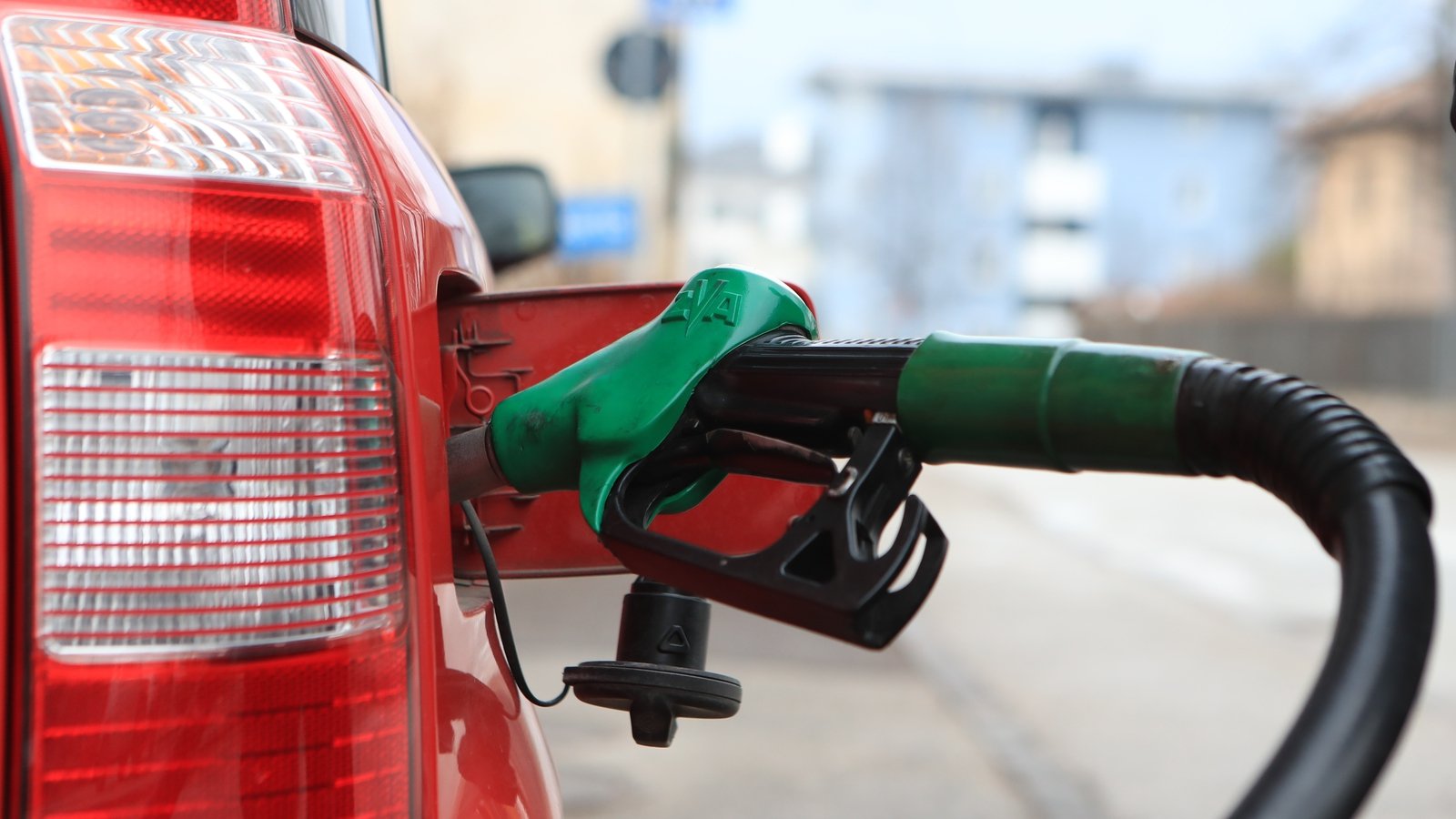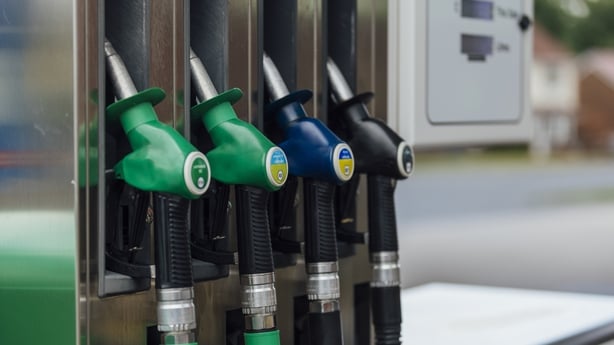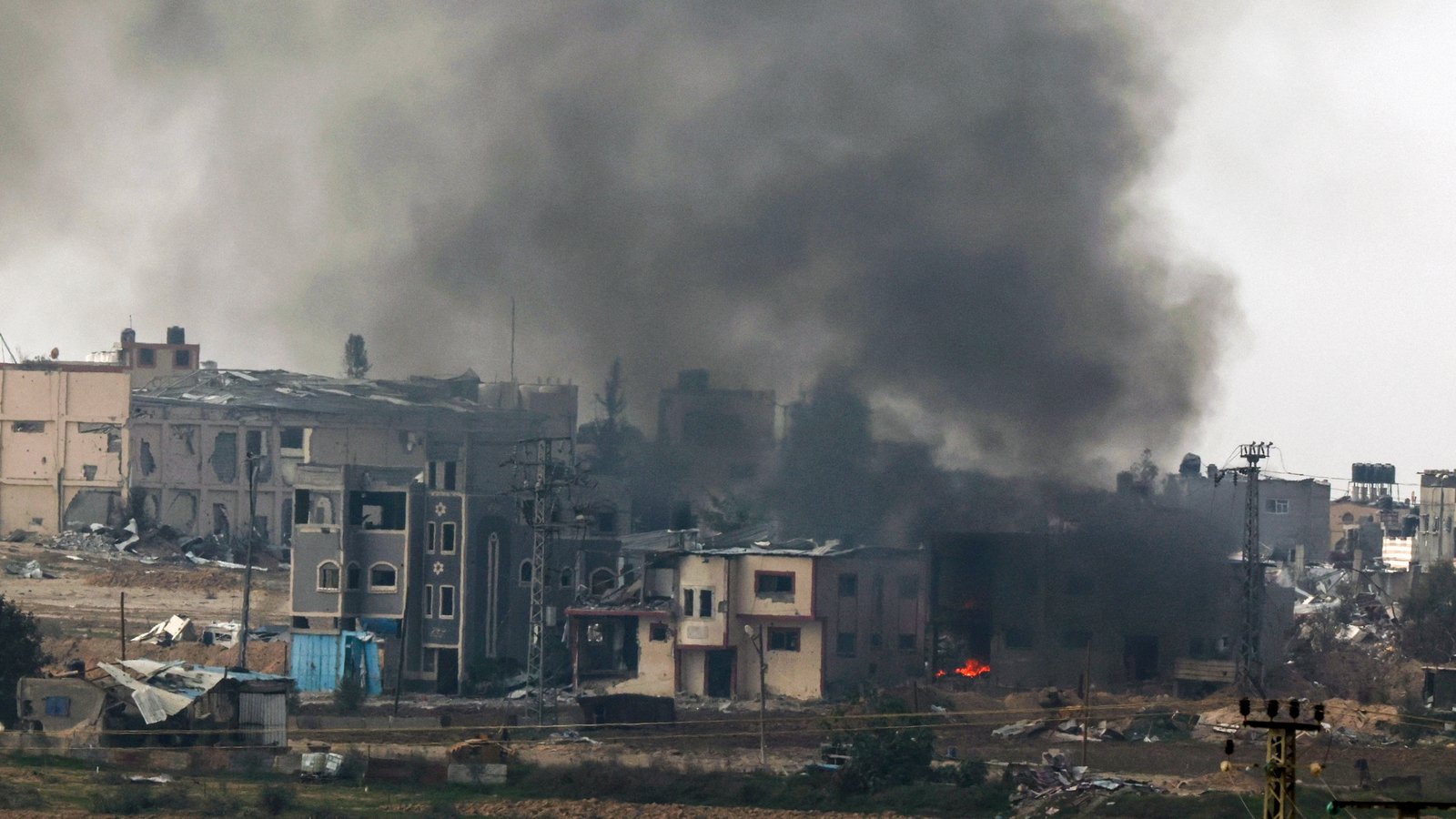‘Perfect storm’ brings €2 per litre fuel back in prospect

We have had quite a few so-called ‘perfect storms’ in recent years.
Supply chain delays met war in Ukraine, leading to higher oil prices, inflation and, subsequently, higher interest rates.
Inflation has moderated since then and now Central Banks are believed to be on the cusp of trimming rates from their recent highs.
But the storm fronts could be gathering once again on fuel forecourts.
War in Ukraine and the Middle East and a stronger-than-expected performance in major economies are pushing oil prices up once again.
And the Government has continued to restore excise rates which were temporarily cut two years ago.
All of which is leading to prices steadily rising on the neon signs once again.
Oil prices
Shortly after Russia invaded Ukraine in early 2022, Brent crude prices spiked, trading on the futures markets at over $120 dollars a barrel.
Later that year, prices settled back into the range of $70 to $80 dollars a barrel.
Barring a few upsets (the outbreak of war between Israel and Hamas, the rerouting of shipping away from the Suez Canal in response to Houthi rebel attacks), prices have remained largely within that range.
And remarkably so, given the febrile international backdrop.
Oil is traded largely on economic sentiment and the expected demand outlook.
Despite attempts by OPEC to support prices by scaling back production, traders have bid prices down in the belief that economies would slow significantly as interest rate hikes worked their way through the system.
Until recent weeks, that is. Brent prices have started to climb again and this week the price exceeded $90 a barrel as China’s economy looked healthier than thought and traders responded to Iran’s attack on Israel.
Victoria Scholar, Head of Investment with Interactive Investor, pointed out that the Brent crude price is up by around a fifth so far this year having scaled six-month highs in recent weeks.
“Money managers have been increasing their long positions on US crude futures and options lately. And there are growing concerns that oil could continue upwards to $100 a barrel which would put upward pressure on inflation,” she said.

Excise
In March of 2022, the Government cut excise duties on petrol, diesel and marked gas oil in response to surging energy prices.
The move was to designed to give a partial reprieve to households and businesses, already dealing with rising inflation post Russia’s invasion of Ukraine and a spike in energy costs globally.
The temporary reductions were initially due to expire by the end of August that year but they were subsequently extended.
In October’s budget, the Finance Minister Michael McGrath confirmed that the reductions would last until the end of March this year with a phased restoration starting on April 1st and another on August 1st.
The first of those proceeded as planned in recent weeks, adding four cent per litre to the petrol price and a three cent increase for diesel.
It means more expensive fuel for motorists countrywide, but it could have a particular effect in certain parts.
“The immediate impact of this decision will be felt most acutely in border counties, where the price gap between Ireland and the UK threatens the viability of local forecourts,” Kevin McPartlan, CEO of fuel retail representative group, Fuels for Ireland said.
“With further increases slated over the next twelve months, the prospect of a two-tier fuel economy looms large, exacerbating existing cost-of-living challenges for citizens,” he added.
The group has called on the Minister to postpone the next excise restoration due in August.
It points out that if it is implemented, together with other environmental taxes, an extra 14 cent per litre will have been added to tax on petrol and an additional 12 cent on diesel between April 1st of this year and next January.
Forecourt storm clouds
According to figures from the AA, the average petrol price here this month stood at 181 cent per litre, while for diesel, it was 178 cent.
That marked a near 13 cent increase in the litre cost of petrol and a 9 cent increase in diesel since January.
Accounting for the full implementation of the additional taxes outlined above, fuel prices would be heading towards €1.90 a litre.
With Brent trading at $90 a barrel, $100 oil is firmly in sight. The last time oil prices traded at that level – in 2022 – petrol and diesel prices went to €2 a litre.
A return to those levels is looking increasingly likely.

Wider consequences
Soaring oil and gas prices played a big part in driving the inflationary surge that we all experienced in recent years.
They also played a significant role on the way back down.
While European gas prices have eased back substantially, a move higher by oil prices could see inflation being nudged upwards once again.
That could have consequences for plans by Central Banks to cut interest rates, particularly in the US where some inflation measures have remained stubbornly high and the economy has been performing much better than expected.
“We’re already pricing fewer than two cuts for the year as a whole now,” Aidan Donnelly, Head of Equities with Davy said.
“In polite circles, people are starting to ask whether the Fed will even cut at all,” he added.
That’s unlikely to be the case here where the ECB is widely expected to be on course to cut rates in June, but fewer cuts in the US could have knock-on consequences here and the number of cuts that the ECB ultimately makes.
Kickstart the electric revolution?
Another consequence of rising fuel prices could be a resumption of the electric vehicle (EV) revolution.
The shift to electric gathered real momentum in 2022 as fuel prices soared and a wider range of electric models hit the market.
But issues around the charging infrastructure, ‘range anxiety’ and concerns around the declining resale value of electric models has seen people dropping their intentions to go electric of late and, anecdotally at least, some have been making the move back to combustion-engine powered vehicles.
That shift in attitude has coincided with fuel prices falling back towards their pre-Ukraine war levels.
Could the prospect of €2 a litre fuel persuade drivers to re-examine the electric option and revive Government attempts to boost the number of EVs on our roads?
The focus of the industry – and the combustion-engine powered driving public – will turn to August and the final scheduled excise restoration, as well as October’s budget.





